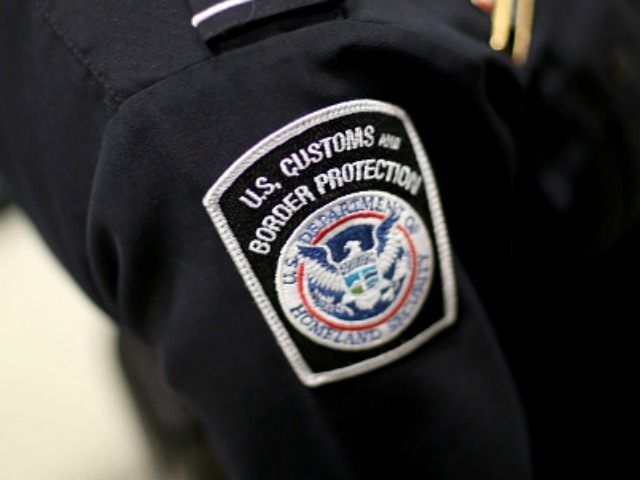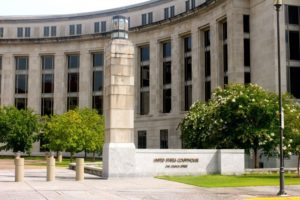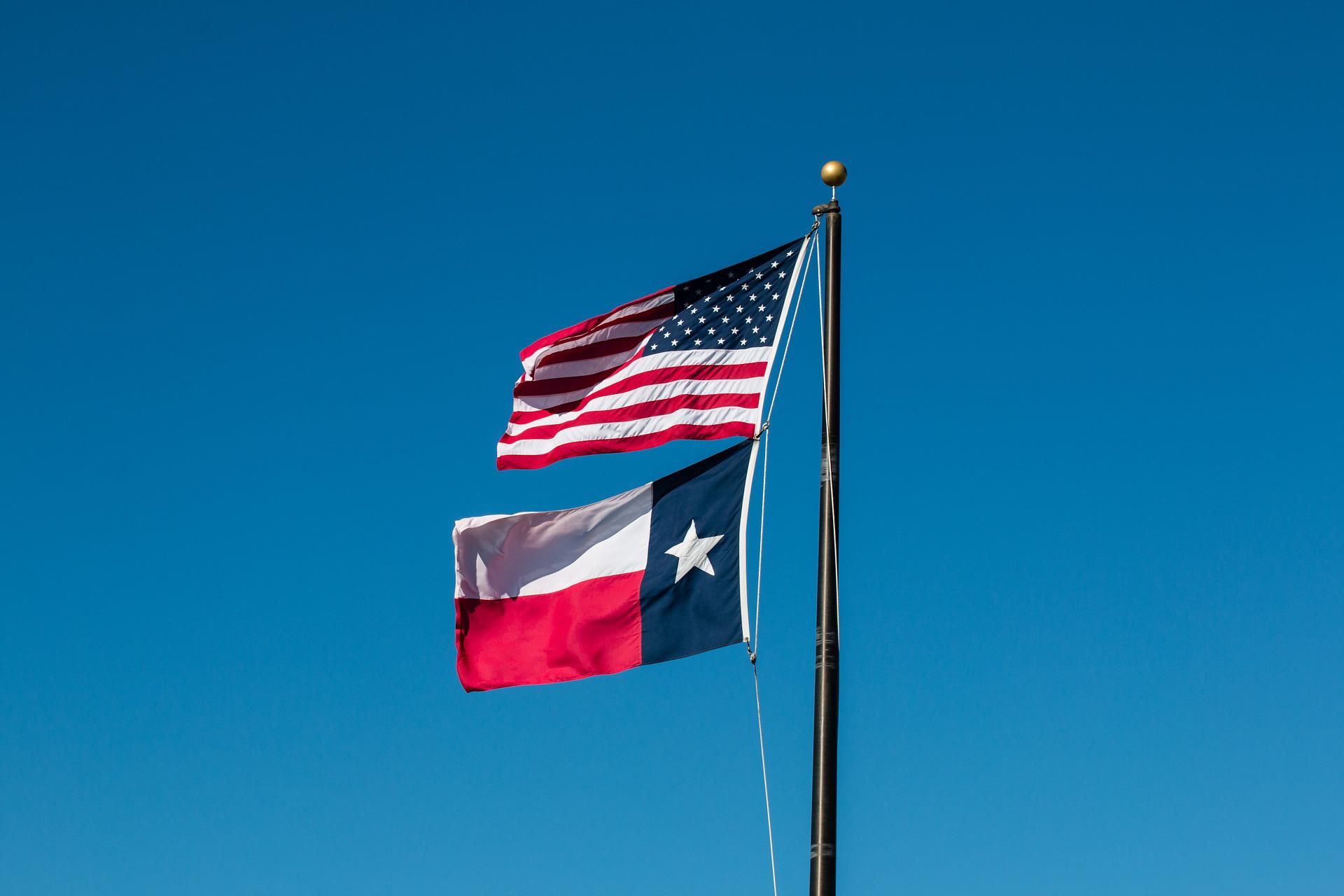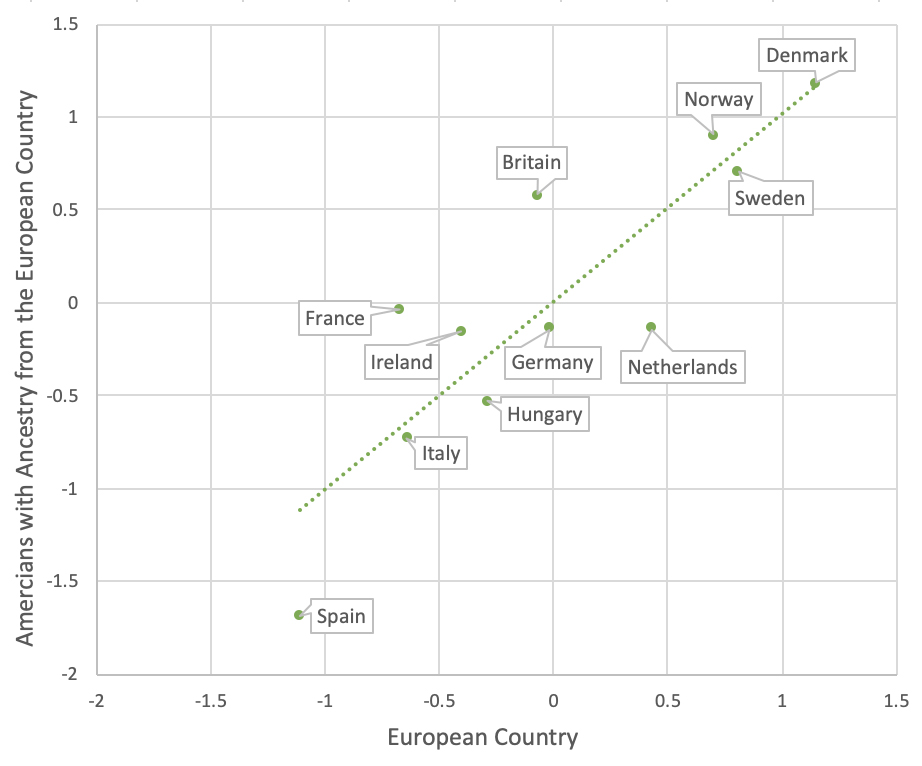66 Aliens on Terrorist Watchlist Nabbed at the Southwest Border
The latest CBP statistics reveal that Border Patrol agents at the Southwest border have apprehended 66 illegal entrants on the terrorist watchlist in the first 10 months of FY 2022 — more than doubling the total of such apprehensions in the last five fiscal years. That comes as the Office of Inspector General (OIG) at DHS — that department’s watchdog — found that Afghan nationals who “pose a risk to national security and the safety of local communities” may have been released into the United States during our evacuation efforts from that country. Welcome to Joe Biden’s new pre-September 11th world.
Terrorist Watchlist Apprehensions Soar. Among the enforcement statistics CBP publishes monthly are what it terms “Terrorist Screening Dataset Encounters”.
Those statistics reveal that between October 2021 and August 2022, Border Patrol agents at the Southwest border apprehended 66 aliens whose identities appear in the “Terrorist Screening Dataset (TSDS)” — aka: the “watchlist” — described as “the U.S. government’s database that contains sensitive information on terrorist identities”.
Either dryly or innocently (or both), CBP asserts that “Encounters of watchlisted individuals at our borders are very uncommon, underscoring the critical work CBP Agents and Officers carry out every day on the frontlines.” While it’s a relief that agents are not nabbing known or suspected terrorists on an hourly basis, that sort of misses the point.
Nineteen foreign nationals (none of whom, to be fair, crossed the border illegally), carried out the four individual but coordinated terrorist attacks of September 11, 2001, a singular event that claimed thousands of lives, resulted in billions of dollars in damages and losses, and changed the country and Americans’ lives forever.
That “underscores” the danger that even a few misguided foreign nationals bent on destruction pose to the United States and its institutions. Regrettably, CBP’s statistics suggest that there are more than a few who are trying to follow those 19 hijackers.
To put those 66 watchlist apprehensions into context, Border Patrol agents at the U.S.-Mexico line have stopped more than twice as many known or suspected terrorists in just the 10 months ended August 31 than they did in the prior five fiscal years combined (26 total TSDS apprehensions).
That’s not the worst part, however, because while Border Patrol agents have been dealing with those individuals, the number of known or suspected terrorists who have been stopped by their colleagues at the Southwest border ports of entry has dropped significantly.
Through the end of August, CBP officers at those ports have encountered 60 individuals on the TSDS in FY 2022. That may or may not include U.S. citizens (who can also be stopped at the ports), but notably it puts those officers on pace to encounter 72 people with TSDS “hits” this fiscal year, well below their watchlist total for FY 2021 (103), FY 2019 (280), FY 2018 (155), or FY 2017 (116).
That would equal the number of known or suspected terrorists stopped at our Mexican border ports in FY 2021 (again, 72), but it’s important to remember those ports weren’t screening many travelers from late March 2021 on, due to Covid-19 pandemic-related travel restrictions.
If Border Patrol is apprehending a record number of suspected terrorists, isn’t that good? No, actually — it’s a bad omen. Historically, alien terrorists have entered legally through the ports (generally through subterfuge and fraud) because experience has shown it’s the easiest way to avoid detection at entry.
Illegal entry across the border, on the other hand, carries a much higher risk of detection because agents are going to thoroughly question, search, and vet every alien who avoids the ports on the way in. Well, everyone they catch at least.
The problem is that Border Patrol agents are currently so swamped transporting, processing, and caring for aliens who are turning themselves in (in the reasonable expectation of release into this country), that they are increasingly incapable of catching aliens seeking to evade detection and capture. A half-million such “got-aways” have successfully entered this fiscal year alone.
And, logically, every alien on the watchlist is seeking to evade detection and capture.
As a former INS terrorist prosecutor, acting head of the agency’s National Security Law Division, and staff director of the House national security subcommittee, I have some professional experience in terrorist travel patterns. If I were a terrorist or terrorist organizer, illicit travel across the depleted border would be the path I would follow into the country.
You don’t have to believe me, however.
Biden’s original Border Patrol chief, Rodney Scott, made similar points in a letter that he sent to Senate leadership on September 11, 2021. Rhetorically, Scott asked if “[l]ow level, unsophisticated and uneducated smugglers are illegally crossing the border and increasingly evading apprehension daily”, why wouldn’t “well-resourced terrorist networks, criminal organizations, and hostile nations” not be “doing the same”? Why not, indeed.
DHS OIG Report. On September 6, DHS OIG issued a report captioned “DHS Encountered Obstacles to Screen, Vet, and Inspect All Evacuees during the Recent Afghanistan Crisis”. That report followed a similar one issued by the Department of Defense (DoD) OIG during the winter, which I analyzed in February.
By way of brief background, prior to the disastrous and chaotic retreat of U.S. forces from Afghanistan in August 2021, the administration launched an initiative called “Operation Allies Refuge” (OAR), headed by the State Department, to assist in the relocation of what the DHS OIG termed “interested Afghan nationals and their immediate family members in the Special Immigrant Visa (SIV) application pipeline”.
The fall of the Afghan capital of Kabul on August 15, 2021, prompted DoD to accelerate the evacuation of Afghan nationals to third-country facilities known as “lily pads” in the Middle East and Europe. Those lily pads provided the U.S. government with the opportunity to vet and screen those individuals before their onward transit to the United States.
The day Kabul capitulated, President Biden tapped DHS to spearhead the resettlement of Afghans in the United States, “Operation Allies Welcome” (OAW). During OAW (and in an epic stretch of its statutory authority), DHS paroled tens of thousands of Afghan evacuees into this country.
Every arriving Afghan parolee was supposed to be screened, vetted, and inspected before being released into the United States. Once they were inspected at a U.S. port of entry, they were either released or housed in “safe havens” where they were processed by USCIS and received additional security screenings.
That’s how it was supposed to work. The OIG concluded, however, that CBP sometimes lacked “critical data” (like names and dates of birth) “to properly screen, vet, or inspect Afghan evacuees”, and worse, “admitted or paroled evacuees who were not fully vetted into the United States”.
Consequently, the OIG found, “DHS paroled at least two individuals into the United States who posed a risk to national security and the safety of local communities and may have admitted or paroled more individuals of concern.”
There are any number of screening and vetting failures in that report, and while some of them are interesting, many are technical and procedural. None of this had to happen, however, because in a post-9/11 world, things should not have been done this way.
I certainly understand the instinct to bring as many Afghan nationals who were subject to retribution by the Taliban for having worked with the United States out of harm’s way as possible, but that does not mean that the Biden administration had to parole into the United States more than 72,500 of the ones who were otherwise inadmissible.
In most conflicts, such individuals are relocated to third-country refugee camps — usually close to their home country — where they can be housed, fed, cared for, and educated while they are being sorted out and (if lucky) granted refugee status abroad.
Some of the screening and vetting issues the OIG identified related to the fact that DHS was working on tight time constraints to move individuals through those lily pads, from between 30 days in Qatar (jumping off point for more than 10,000 evacuees to this country) to just 10 days in Germany (which accounted for an additional 41,000-plus evacuees). That was a self-inflicted wound.
Once those individuals were in refugee camps and out of harm’s way in Afghanistan, DHS could have marshaled the necessary resources and implemented sane procedures and policies to avoid the “issues” identified in the OIG report. Simply put, nothing said it had to be done this way, and there is no reason it should have been.
That is especially true given the fact that Afghanistan is not only a country of terrorist concern, but also the place where the 9/11 attacks were planned and from which they were carried out. Respectfully, the president should have remembered why we were there to begin with.
“Final Report of the National Commission on Terrorist Attacks Upon the United States”. Biden and every person involved in both this mess and the disaster at the Southwest border should be forced to read all 597 pages of the “Final Report of the National Commission on Terrorist Attacks Upon the United States”, better known as the “9/11 Report”, issued in July 2004.
It details the crucial role border security plays in protecting our national security, explains why properly vetting foreign nationals before they arrive here is vital to protecting our homeland, and “underscores” the crucial role proper, verifiable documentation plays in identifying and stopping terrorists before they can act.
It is sadly and bitterly ironic that the 9/11 Commission explained: “In the decade before September 11, 2001, border security — encompassing travel, entry, and immigration — was not seen as a national security matter.” Thanks to the Biden administration and its immigration and border policies, we are back to living in that pre-9/11 world. Only luck has kept us safe this long.






